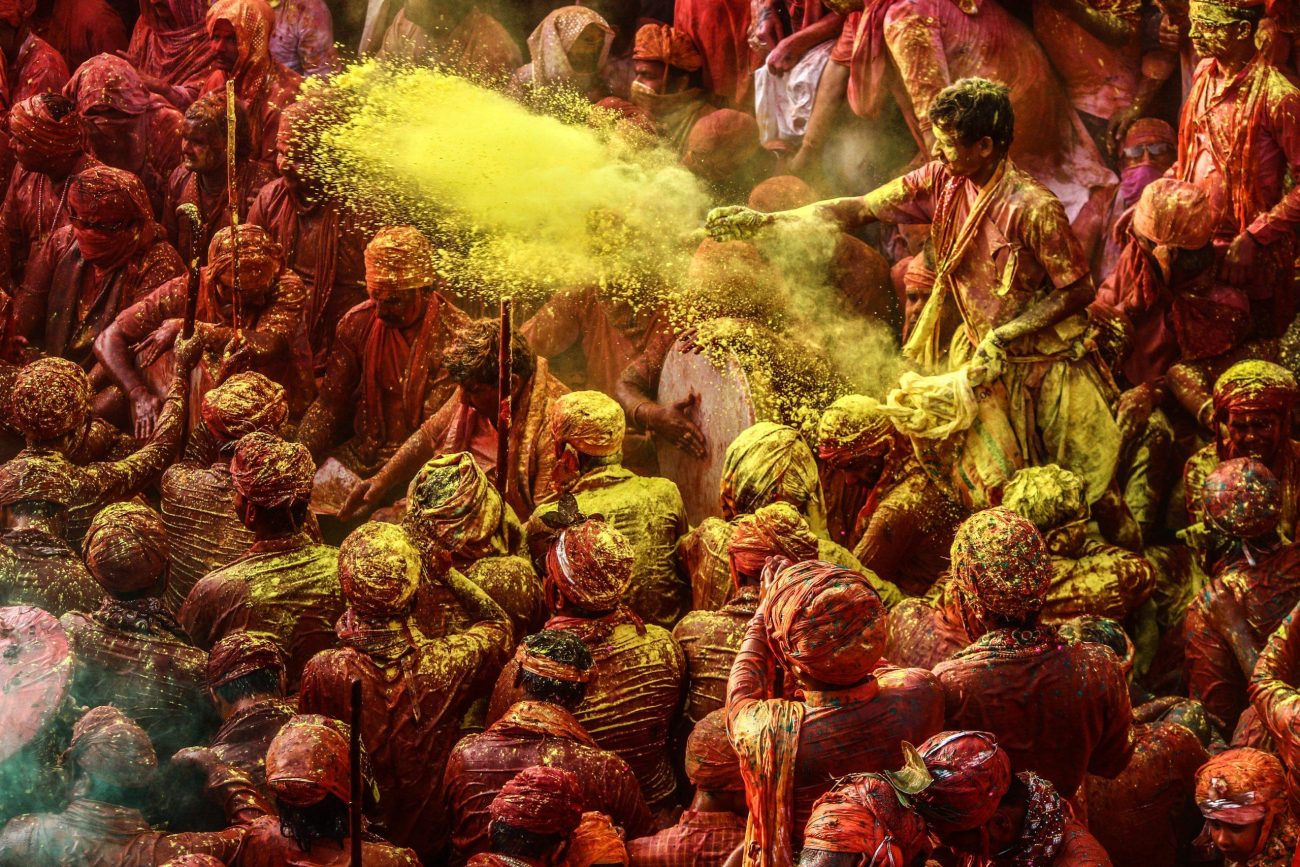EXPLORING THE EFFECTS OF NATURAL AND ARTIFICIAL COLORS ON SKIN DURING THE CELEBRATION OF HOLI
Holi is a festive occasion celebrated with great enthusiasm and zeal in India and other parts of the world. The festival is commonly known as the "festival of colors," where people play with vibrant colors


Holi is a festive occasion celebrated with great enthusiasm and zeal in India and other parts of the world. The festival is commonly known as the “festival of colors,” where people play with vibrant colors to express their happiness and joy. However, the use of artificial colors during Holi has raised concerns about their impact on the skin and the environment. Therefore, it is important to understand the effects of both natural and artificial colors on the skin during the celebration of Holi.
Natural Colors:
Natural colors are made from organic materials such as flowers, leaves, and spices. These colors are safe and do not harm the skin or the environment. Natural colors have been used for centuries in India and are an integral part of the Holi festival. The use of natural colors during Holi not only adds to the fun and excitement but also promotes the use of eco-friendly products.
Some of the most popular natural colors used during Holi are turmeric, henna, and beetroot. Turmeric is known for its anti-inflammatory properties and is used in many skincare products. Henna is used to create intricate designs on the skin and is also believed to have cooling properties. Beetroot is a natural dye that gives a vibrant red color to the skin.

Artificial Colors:
Artificial colors, on the other hand, are made from chemicals such as lead, mercury, and benzene. These colors are cheap and easily available but are harmful to the skin and the environment. Artificial colors have been linked to various health problems such as skin rashes, allergies, and even cancer.
The use of artificial colors during Holi has been banned in many states in India to promote the use of natural colors. However, the ban has not been effective in some areas, and people continue to use artificial colors during the festival.
 :
:
The use of artificial colors during Holi can have a detrimental impact on the skin. The chemicals used in artificial colors can cause skin irritation, rashes, and allergies. Prolonged exposure to these chemicals can also lead to skin cancer. Children are particularly vulnerable to the harmful effects of artificial colors as their skin is more sensitive than adults.
On the other hand, natural colors are safe and do not harm the skin. In fact, some natural colors such as turmeric and henna are known for their skincare properties and are used in many skincare products.

Impact on the Environment:
The use of artificial colors during Holi also has a negative impact on the environment. The chemicals used in these colors can seep into the soil and water and pollute them. This can lead to the death of aquatic life and also impact the fertility of the soil.
Natural colors, on the other hand, are biodegradable and do not harm the environment. In fact, the use of natural colors during Holi can help promote eco-friendly practices and reduce pollution.

Conclusion:
In conclusion, the use of natural colors during Holi is not only safe but also promotes eco-friendly practices. Natural colors are made from organic materials and do not harm the skin or the environment. On the other hand, artificial colors are made from chemicals and can cause skin irritation, rashes, and allergies. They also pollute the environment and can have long-term health effects. Therefore, it is important to promote the use of natural colors during Holi and discourage the use of artificial colors.



